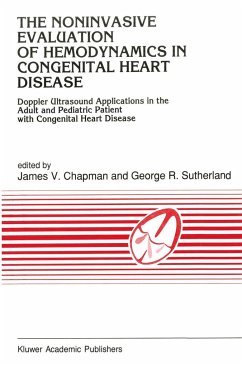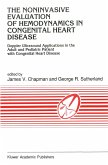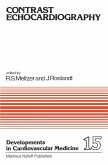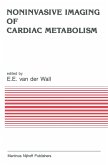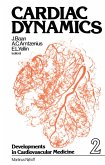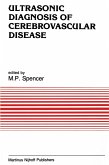The noninvasive evaluation of hemodynamics in congenital heart disease is an application for which Doppler ultrasound is ideally suited. The pediatric cardiac sonographer has used 2D and TM imaging for several years to study the structural abnormalities associated with various lesions. Pulsed Doppler, continuous wave Doppler, and more recently, color flow mapping techniques have been used to study the pathophysiology, and to make quantitative measurements thereof. To those already working in pediatric echocardiography, this book is intended to serve as a guide to the applications of the various Doppler modalities in specific abnormalities. The other group for which this text is intended are the adult cardiac sonographers who see the occasional patient with congenital heart disease in their echocardiography laboratories. The incidence ofcongenital heart disease is not decreasing. As more patients survive to child bearing age, the adult cardiologist sees more and more referrals from the pediatric cardiologist to follow up the parent with corrected congenital heart disease, and in many smaller institutions, to examine their offspring as well. For this group, the book is intended to serve as a reference which gives a basic description of the pathology, the relevant parameters to observe, and a guide to the Doppler applications used to make these observations. While there are a few books available on the subject of echocardiography in congenital heart disease, they do not usually go into much detail on noninvasive assessment of the pathophysiology. It is our hope that this text fills that gap.
Hinweis: Dieser Artikel kann nur an eine deutsche Lieferadresse ausgeliefert werden.
Hinweis: Dieser Artikel kann nur an eine deutsche Lieferadresse ausgeliefert werden.

